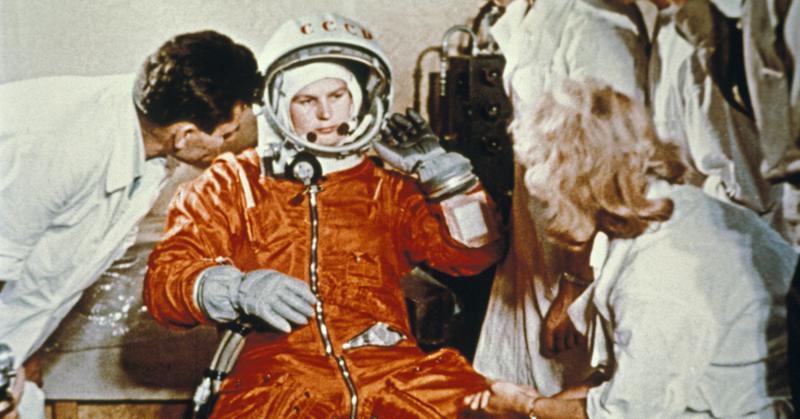The Space Race: Did America Really Win?
By | November 29, 2016

Some people say competition brings out the best between people, but can it be also said for countries? Right after the madness of World War II the United States and the Soviet Union went straight into the Cold War. The Cold War was many things, but probably the most defining aspect was the way the two giants duked it out by trying to outperform the other. In one specific field, this competitive spirit was manifested in the “Space Race.”
This competition formally started after the Soviet Union responded to the United States when they made an announcement that they planned to launch artificial satellites sometime soon, but the space race was taken from zero to sixty after the Soviets launched the satellite, Sputnik 1, a few years latter in October of 1957.
The Spark That Started It All: Sputnik 1

The Soviets had officially made the first move in this funky dance. The United states struggled to keep the step, and in just four months they were able to successfully launch Explorer 1. The next ten years quickly transformed into a high energy back and forth bout, the Soviets would lead for a year, then the USA, alternating and always pushing the realm of possibility all along the way.

After they mastered the art of launching unmanned spacecraft, the two countries' space programs started to move toward manned ships. Yet again, the Soviets had the lead. Yuri Gagarin became the first man to achieve spaceflight in April of 1961, but the US was hot on their tail and Alan Shepard was the first to have pilot-controlled space flight in May. The scoreboard now seemed to say Soviets 2 USA 0. The next milestone was obvious, get someone on the moon.
This logical next step was orders of magnitude more complex than just strapping a dude to a rocket. They needed to be able to get something in the orbit of the moon, do a successful soft landing, and have the ability to retrieve what they sent. The Soviets scored another point when, in 1966, Luna 9 was finally able to make a soft landing on the Moon, and later that year with Luna 10 they were able to successfully orbit an unmanned satellite around the moon. Things were looking bleak for the Americans, who always seemed to be just a few steps behind.
One small step for Man...

Everything changed with the Apollo missions. With Apollo 8 in 1968, NASA was able to achieve the first human spaceflight that not only broke the Earth’s gravitational pull, but also was able to successfully orbit the Moon. Things were finally looking up for team USA. Just 6 short months later, July 20, 1969, Neil Armstrong stepped out onto the moon and made history.
What was the final score? In one way of looking at it, the Soviets could be said to have won the race as measured in milestones. The USSR's space program consistently achieved "firsts" -- first satellite, first man in space, first woman in space, and so forth. In this competition, the Soviets win something like 4-2, depending what you count.
But in the end, the U.S. did something the Soviets could not. The USSR never did land one of their cosmonauts on the moon -- after many failed manned lunar missions, the Soviets gave up. In 1961, President John F. Kennedy set the goal, telling Congress he wanted to put a man on the moon before the decade was out. Kennedy didn't live to see it, but that's exactly what NASA accomplished.
We're breaking the "race" metaphor here, but when it came to the competition between NASA and the Soviet space program -- the U.S. lost a few battles but won the war.
